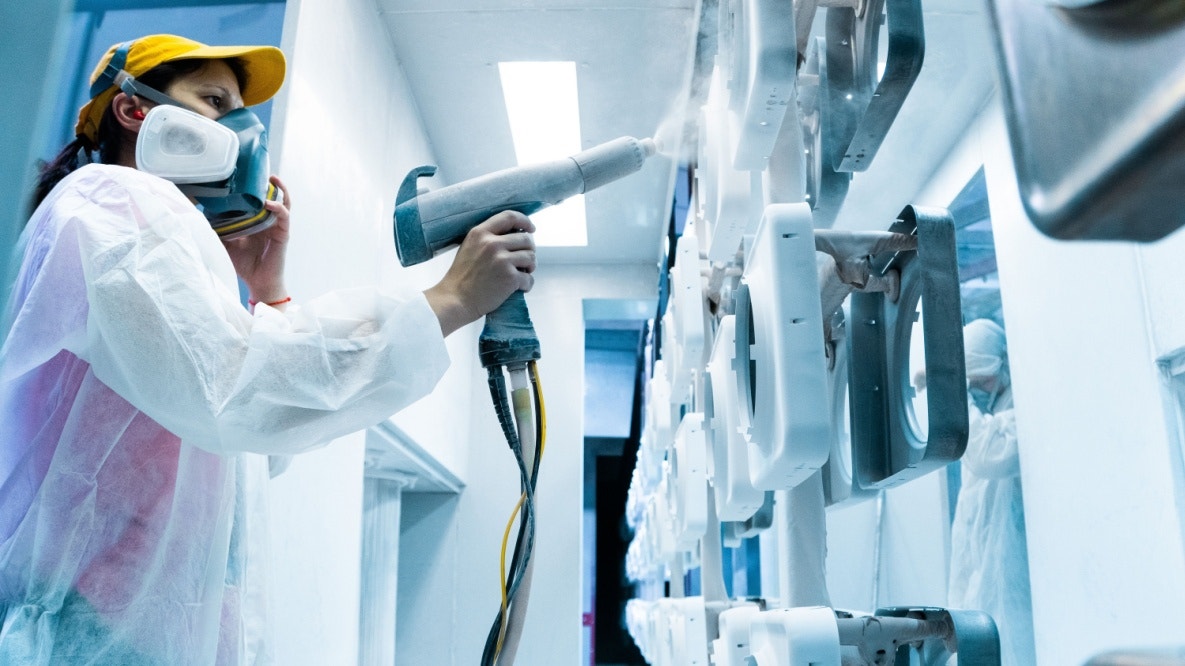
Plug loss or leakage during the coating process can result in expensive rework, rejected parts, and production delays. While plugs may seem simple, their effectiveness depends on several factors—such as heat, pressure, proper sizing, and material compatibility. To ensure consistent, defect-free coating, it is crucial to understand and manage these variables.
Here are key practices to help reduce plug failure and improve masking reliability:
1. Use the Correct Plug Size
Size selection errors are surprisingly common, especially when only hole or thread dimensions are known. A plug that looks like a perfect fit on paper may not perform as expected during production. Gather all relevant information about dimensions, application or use, temperature conditions, and material type, to select the right-sized plug.
2. Use the Correct Plug Type
While standard plugs are popular due to their flexibility and lower cost, they are not always the best option for every application.
Alternative plug designs to consider:
-Tapered plugs with handles make insertion and removal easier, especially when used in recessed holes.
-Flangeless plugs offer a tighter fit in threaded holes, thanks to integrated ribs and sturdy handles.
-Threaded plugs provide more secure retention, especially under pressure caused by heated trapped air. Hex-head versions allow for quick installation with power tools, improving speed, ergonomics, and operator safety.
For products with large internal features like shafts or tubes, consider a bore mask plug combination:
-A tapered plug with a center hole is inserted into each end.
-A flexible rubber “noodle” with a washer is threaded through.
-Pulling the noodle tight creates opposing force, anchoring both plugs securely, even when internal pressure increases with heat.
Interested in more information about industrial masking techniques? Visit us at SUR/FIN Expo, Booth 1312, in June.
3. Monitor Plug Lifespan
Always evaluate plug durability in the context of your specific process. While silicone, a common material for plugs, is highly heat-resistant, it does have a finite lifespan.
Key lifespan concerns:
-Repeated heat cycles can dry out silicone, making it brittle and less effective.
-Frequent insertion and removal will cause wear and tear, particularly at the edges or tips.
-Harsh chemicals in plating processes accelerate material breakdown.
Regular inspection and timely replacement are essential for effective masking.
4. Think Past Off-the-Shelf Plugs
Standard plugs are great for a variety of industrial uses, but they are not always the best fit for unique or demanding applications. In many cases, a custom solution may be needed to help reduce failures and improve coating consistency.
Common issues with standard plugs:
-Inadequate sealing in irregular or deep holes.
-No venting for trapped air, which can cause blowouts or coating defects.
-Poor fit in non-standard dimensions: either too loose or too tight for proper use.
Bottom line: When standard plugs underperform, custom masking solutions often pay for themselves by reducing rework and boosting process reliability.
Final Thought
When plug loss or leakage becomes an issue, your first step should be to contact your masking supplier. Their technical expertise and industry experience can help you quickly identify the problem and provide reliable alternatives, keeping your production line moving smoothly and efficiently.
To learn about best practices for industrial masking, visit CFS at SUR/FIN Expo in June.
